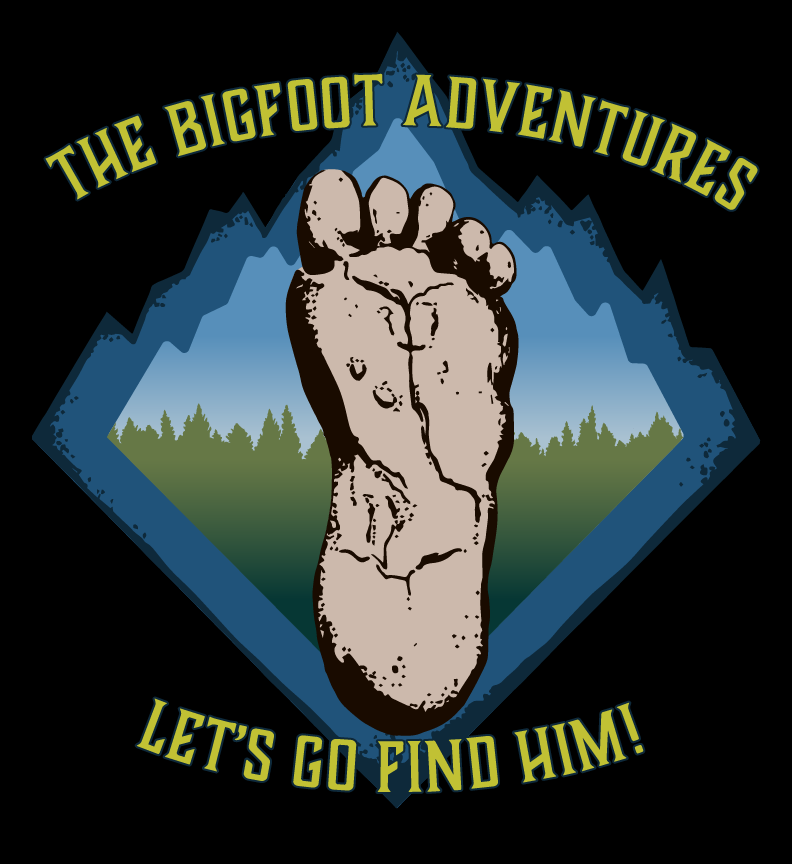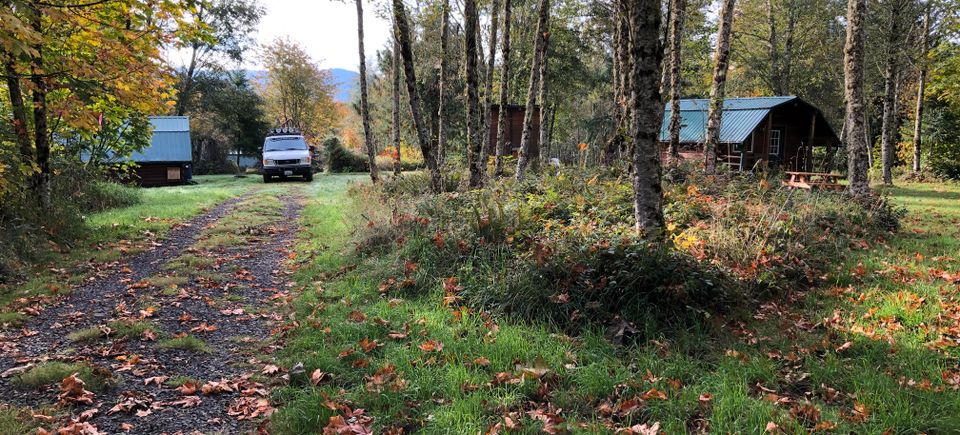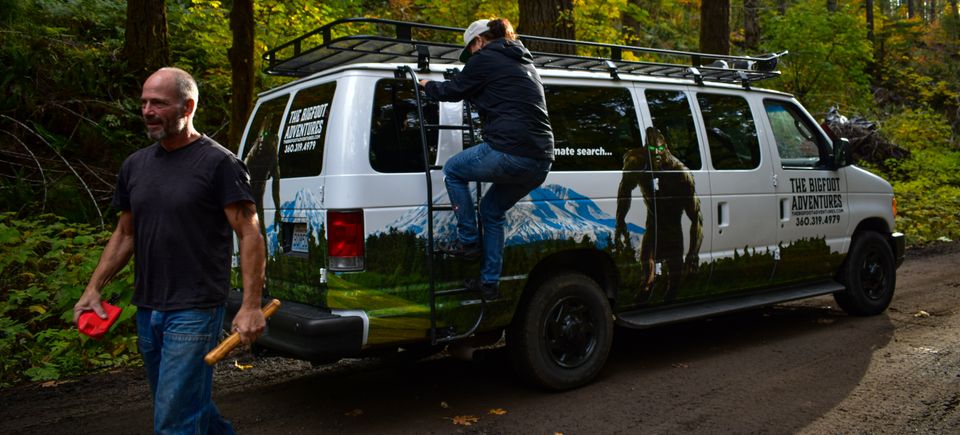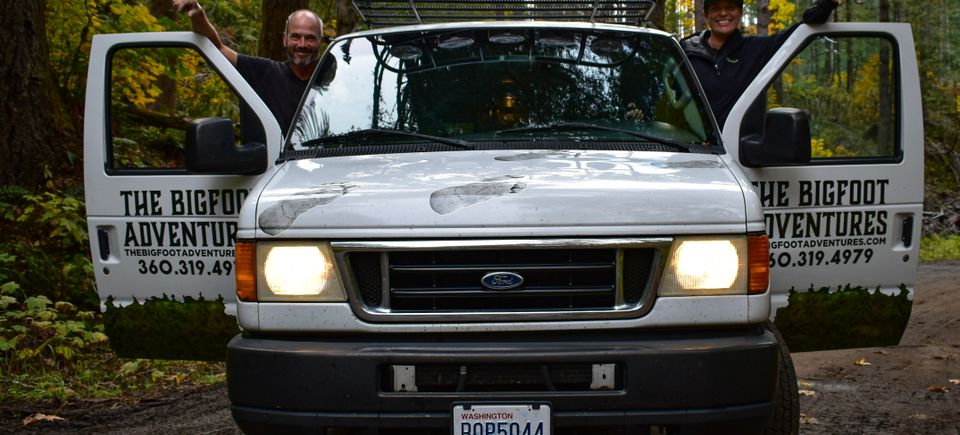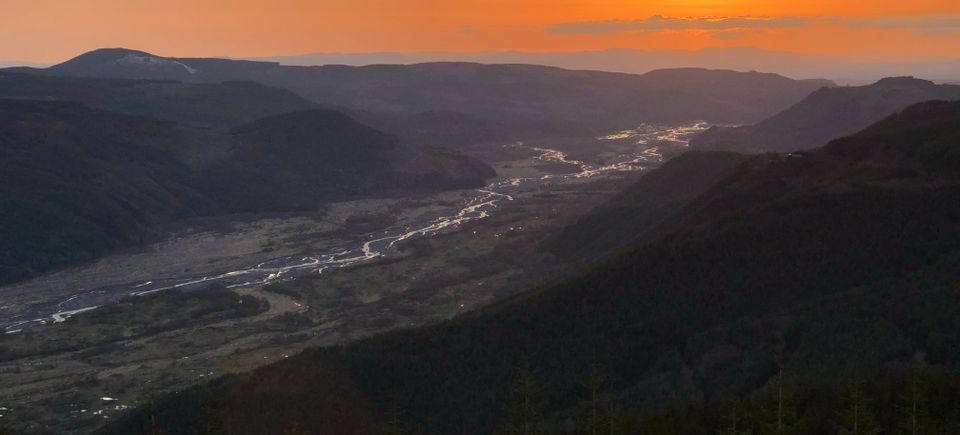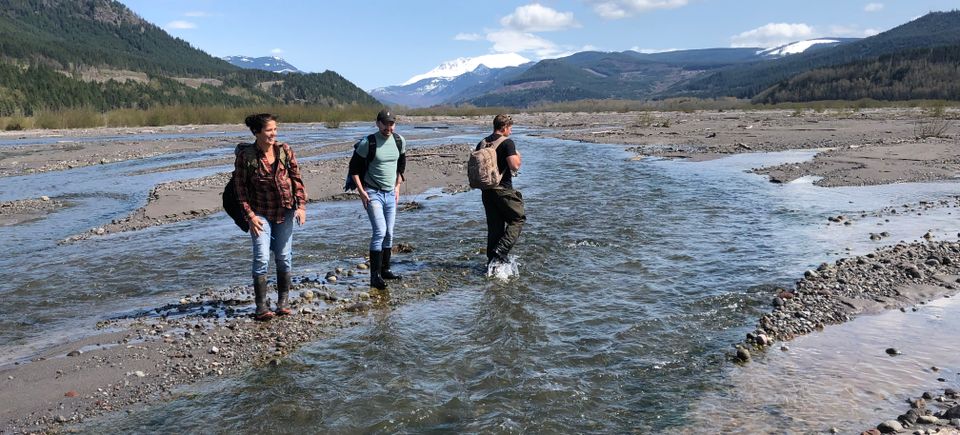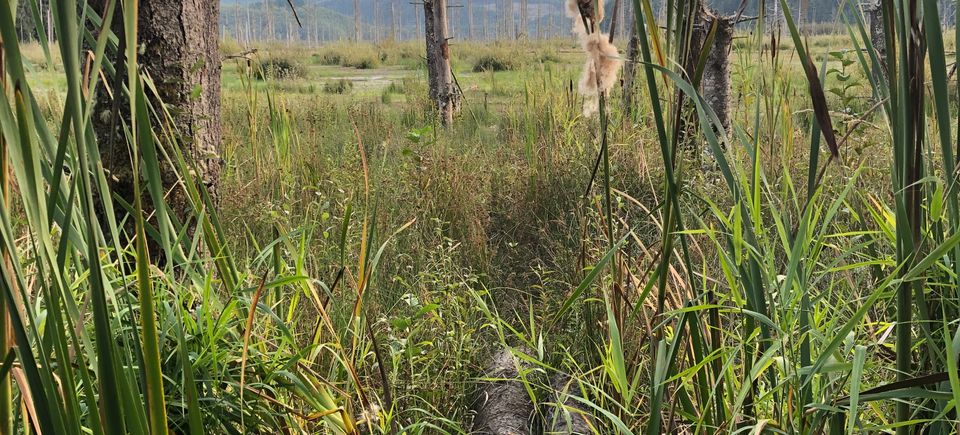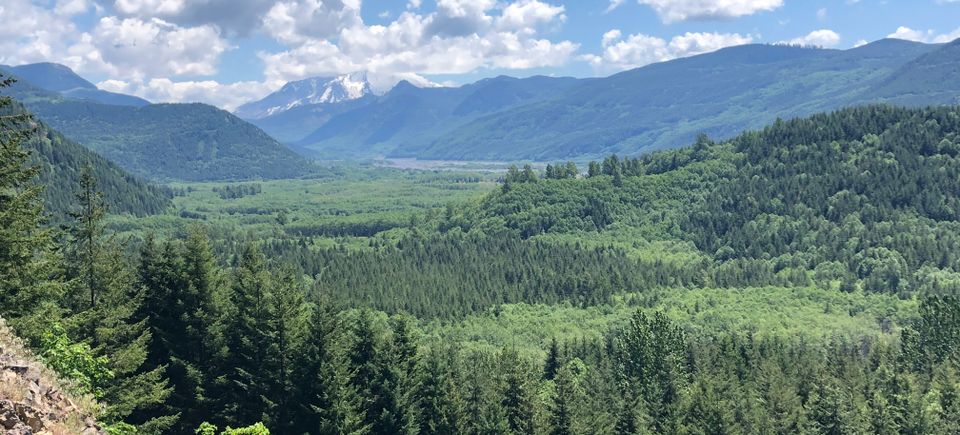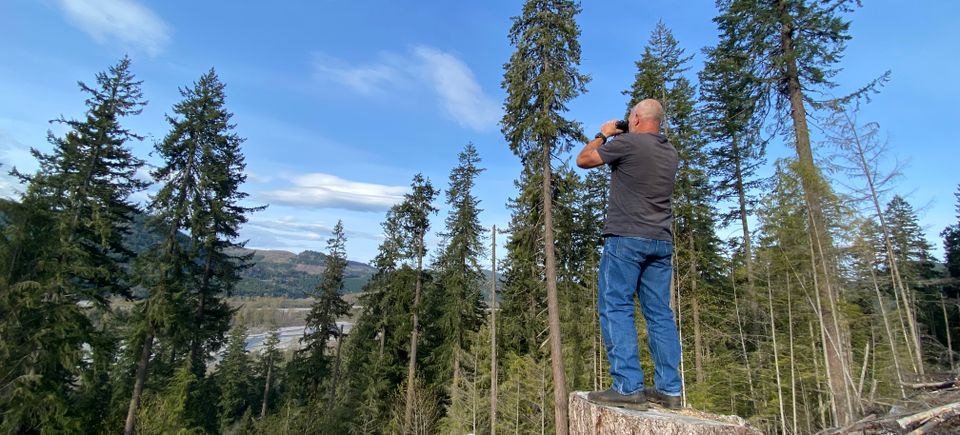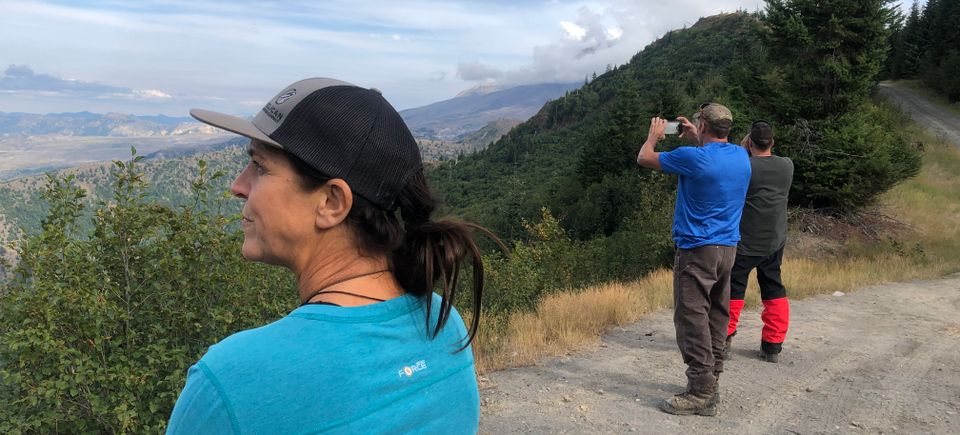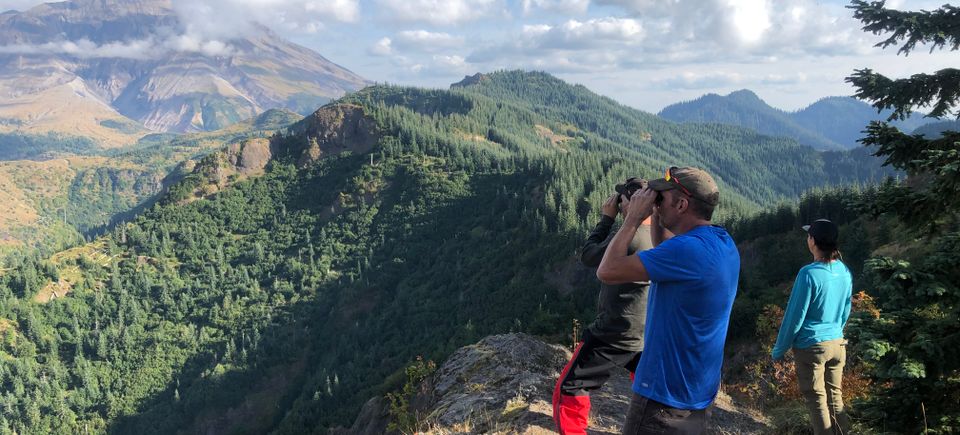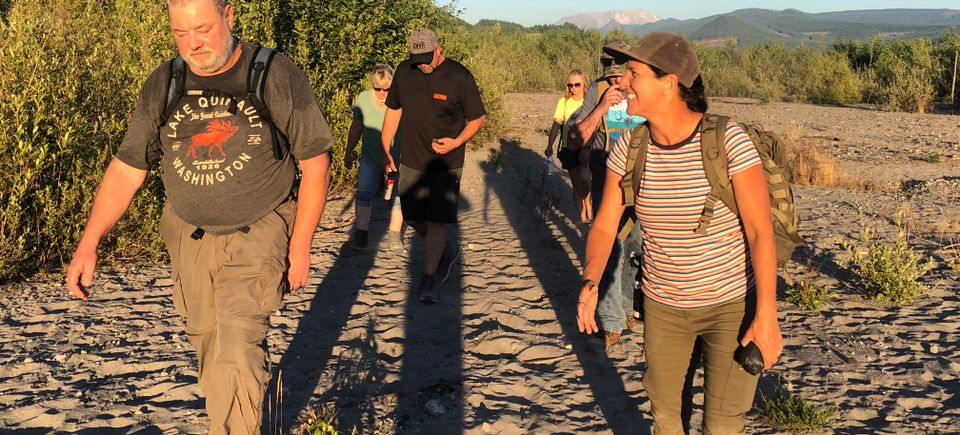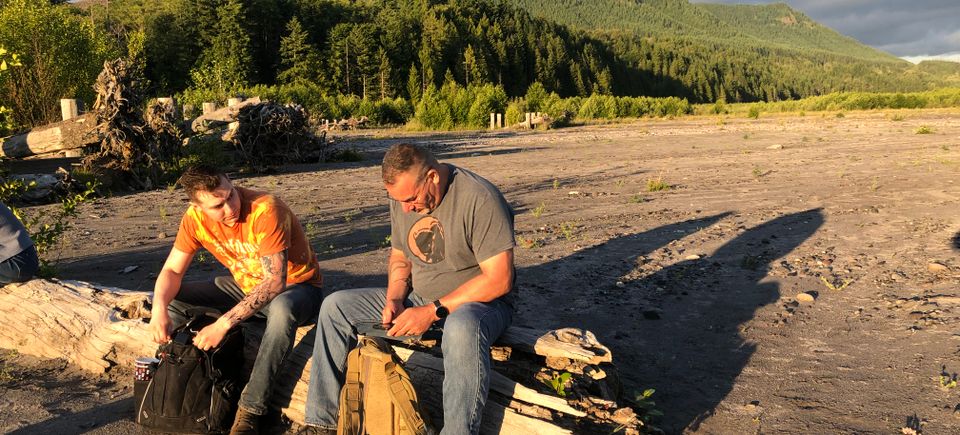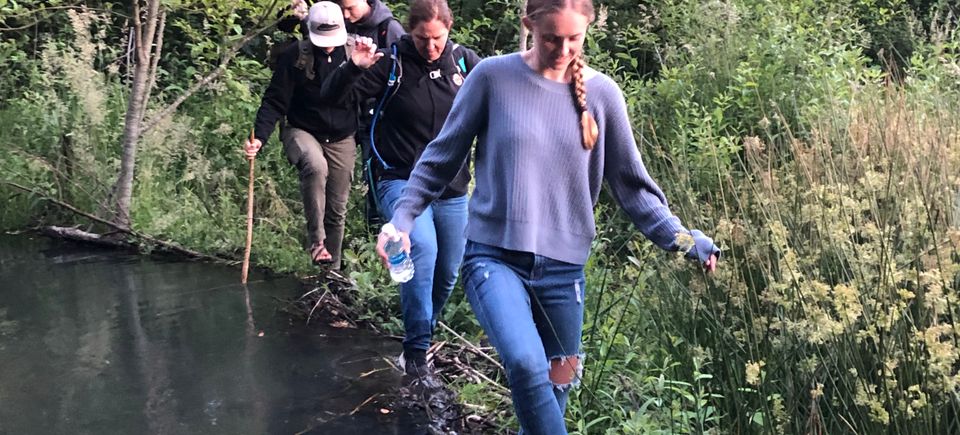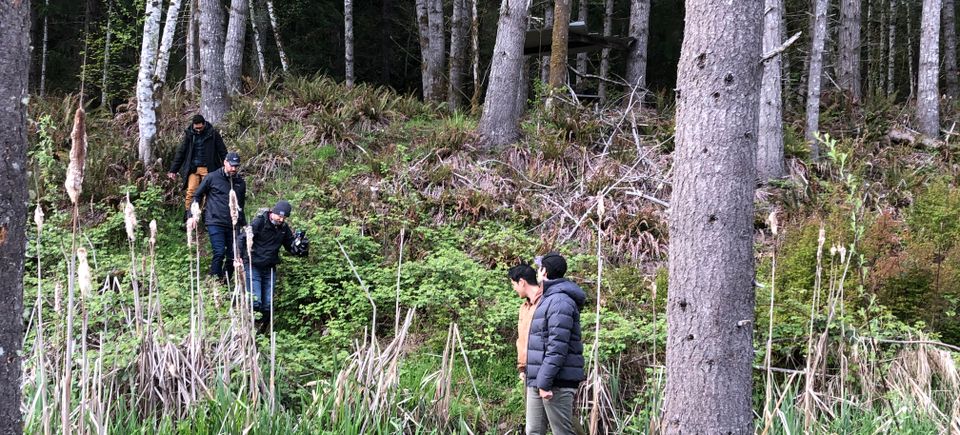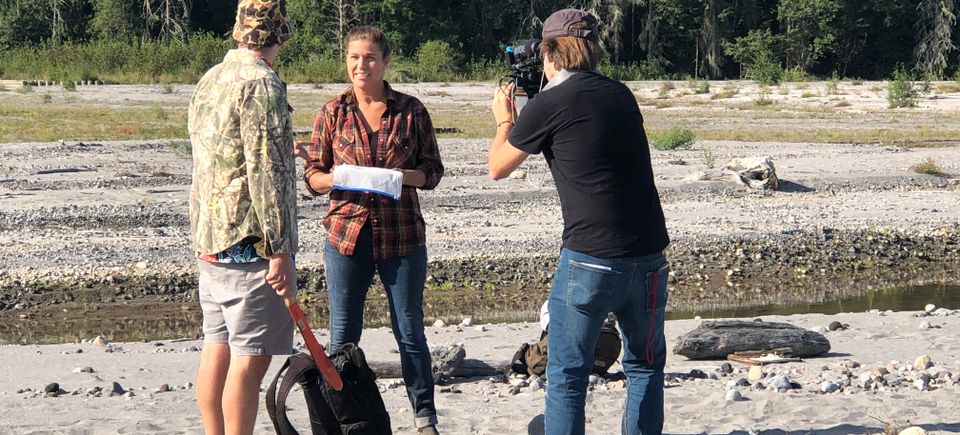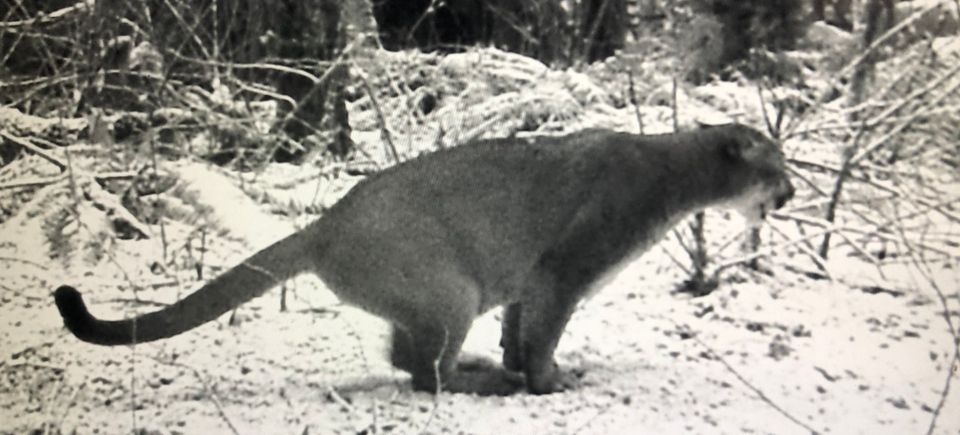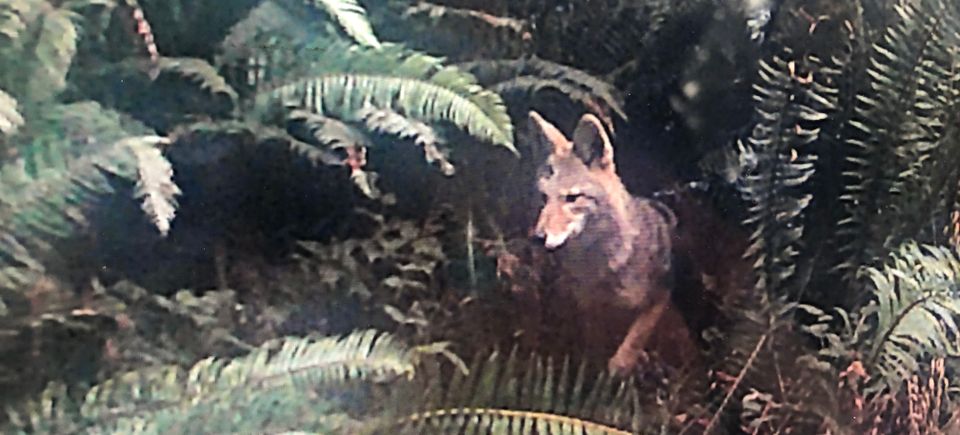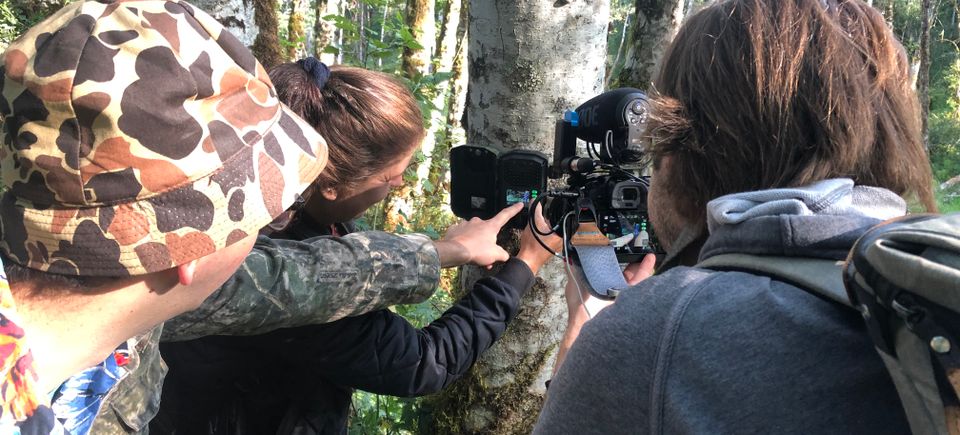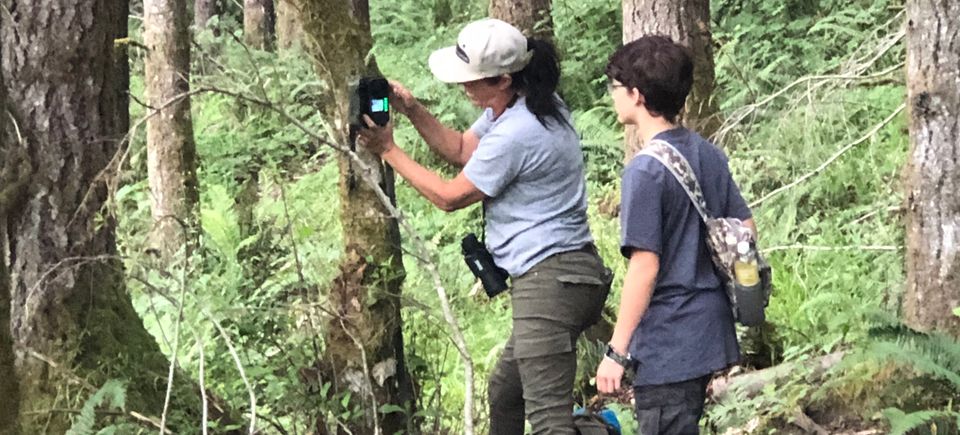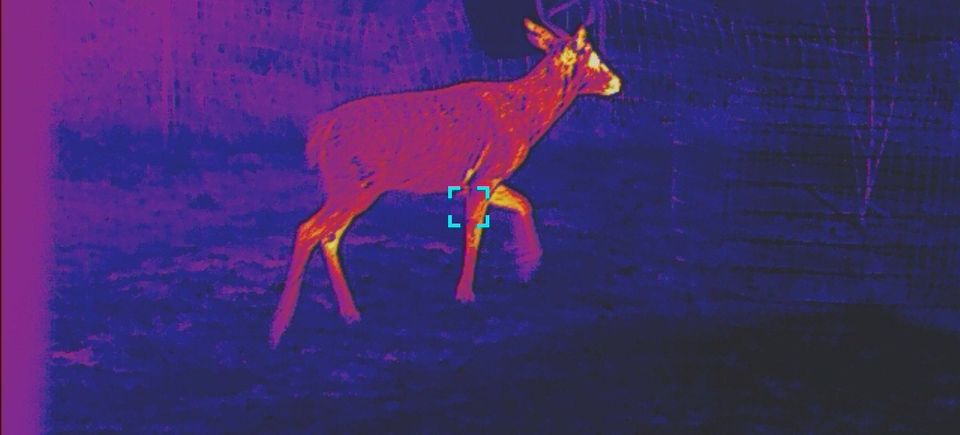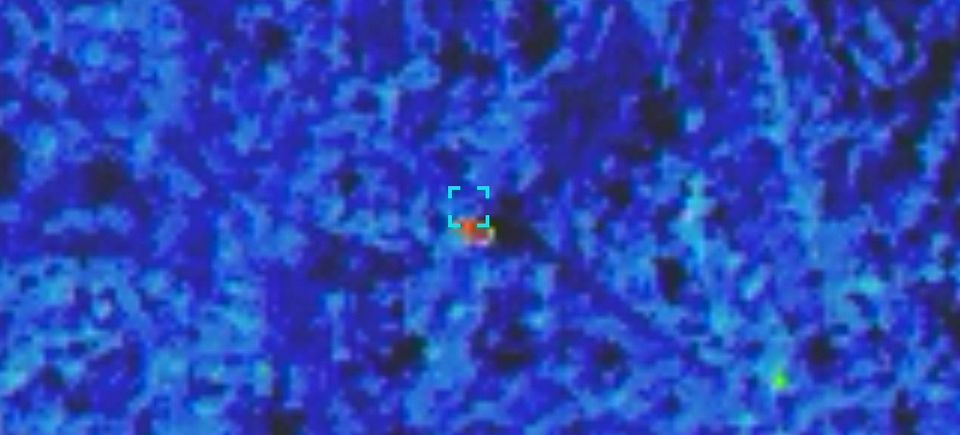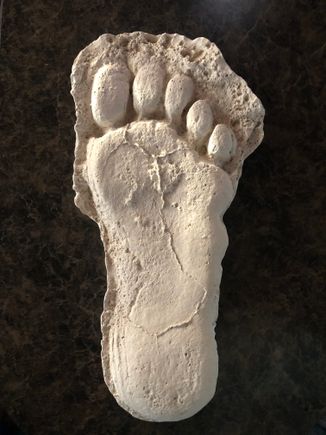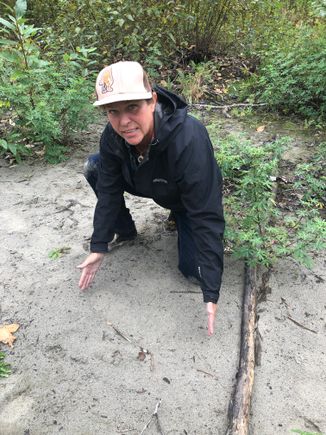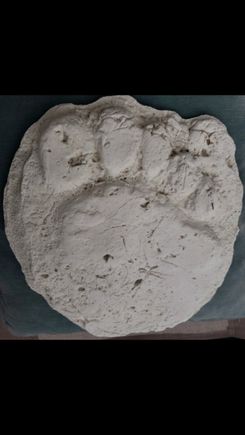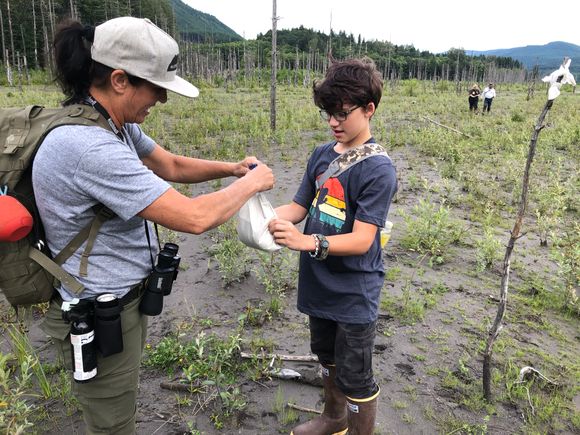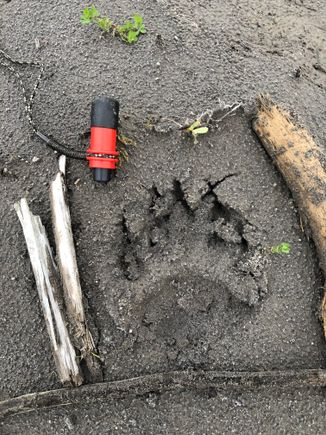TOUR INFORMATION
These tours are operated with permission from the United States Forest Service under special use
permit. Tours into the Gifford Pinchot National Forest are greatly affected by weather conditions
including snowfall which affects road and trail access along with forest fires and fire restriction.
permit. Tours into the Gifford Pinchot National Forest are greatly affected by weather conditions
including snowfall which affects road and trail access along with forest fires and fire restriction.
Day Tour
Explore Bigfoot habitat in the Gifford Pinchot National Forest
Learn techniques that have proven to lure these creatures, attempt to call one in
Learn to cast wild animal tracks with plaster of Paris
Practice tracking techniques
With your guides investigate cliff caves and hard to reach areas utilizing drones
Enjoy a wilderness prepared meal with your guides
Set up game cameras to get a visual on what's creeping around
Learn to utilize night vision and thermal imaging technology
Explore the forest from all angles using drone footage
Learn techniques that have proven to lure these creatures, attempt to call one in
Learn to cast wild animal tracks with plaster of Paris
Practice tracking techniques
With your guides investigate cliff caves and hard to reach areas utilizing drones
Enjoy a wilderness prepared meal with your guides
Set up game cameras to get a visual on what's creeping around
Learn to utilize night vision and thermal imaging technology
Explore the forest from all angles using drone footage
Muli-day Tour
Get farther into the bush, exploring Bigfoot habitat, in the Gifford Pinchot National Forest
Learn techniques that have proven to lure these creatures, attempt to call one in and utilize
night vision while calling at night to spot game animals and Bigfoot (most sightings and
encounters take place at night)
Practice audio bigfoot howls, whoops and wood knocks and listen for answering calls
Identify wild animal tracks and cast with plaster of paris (bear, cougar, elk, deer, bobcat,
raccoon, snakes, Bigfoot and others)
Practice tracking techniques
Explore cliff caves and hard to reach areas utilizing drones
In strategic locations set up and later check game and trail cameras for evidence of wild game
use
Spend one or more nights in the forest, enjoying campfires when allowed and listening to the
night sounds while Camp in the Gifford Pinchot National Forest in a U.S.F.S. campground
Alternative to camping is the beautiful Eco Park Resort, located near Mt St Helens. This lodging
is when available and offers breakfast and dinner at a moderate cost.
Learn techniques that have proven to lure these creatures, attempt to call one in and utilize
night vision while calling at night to spot game animals and Bigfoot (most sightings and
encounters take place at night)
Practice audio bigfoot howls, whoops and wood knocks and listen for answering calls
Identify wild animal tracks and cast with plaster of paris (bear, cougar, elk, deer, bobcat,
raccoon, snakes, Bigfoot and others)
Practice tracking techniques
Explore cliff caves and hard to reach areas utilizing drones
In strategic locations set up and later check game and trail cameras for evidence of wild game
use
Spend one or more nights in the forest, enjoying campfires when allowed and listening to the
night sounds while Camp in the Gifford Pinchot National Forest in a U.S.F.S. campground
Alternative to camping is the beautiful Eco Park Resort, located near Mt St Helens. This lodging
is when available and offers breakfast and dinner at a moderate cost.
